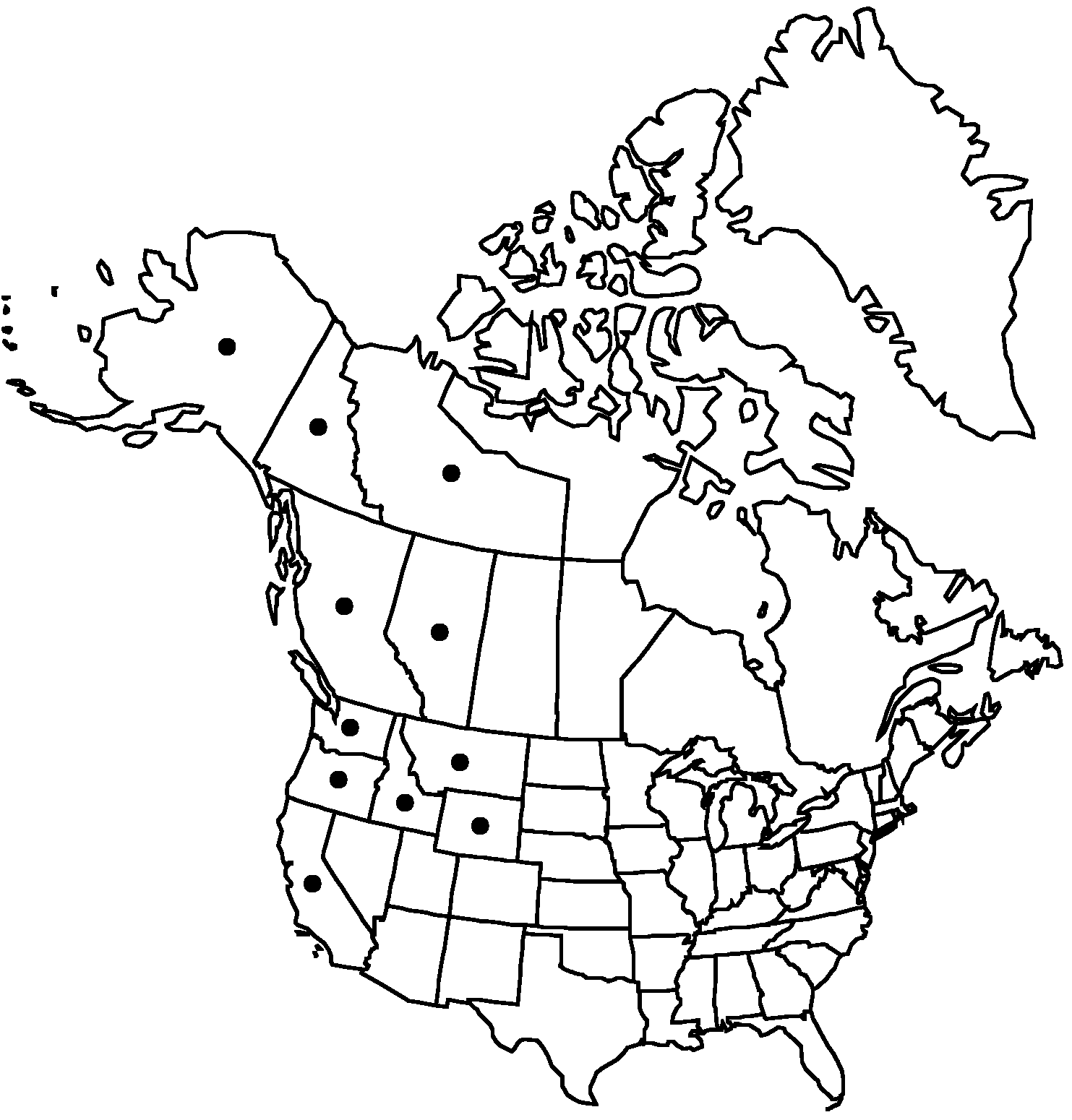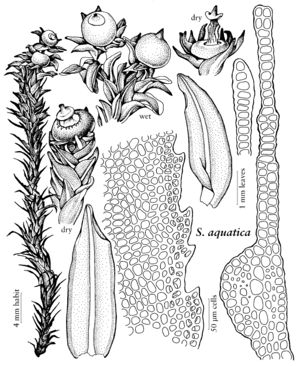Difference between revisions of "Scouleria aquatica"
in T. Drummond, Musc. Amer., 63. 1828,.
FNA>Volume Importer |
imported>Volume Importer |
||
| (One intermediate revision by the same user not shown) | |||
| Line 1: | Line 1: | ||
{{Treatment/ID | {{Treatment/ID | ||
|accepted_name=Scouleria aquatica | |accepted_name=Scouleria aquatica | ||
| − | |accepted_authority=Hooker | + | |accepted_authority=Hooker |
|publications={{Treatment/Publication | |publications={{Treatment/Publication | ||
|title=in T. Drummond, Musc. Amer., | |title=in T. Drummond, Musc. Amer., | ||
| Line 34: | Line 34: | ||
-->{{#Taxon: | -->{{#Taxon: | ||
name=Scouleria aquatica | name=Scouleria aquatica | ||
| − | |authority=Hooker | + | |authority=Hooker |
|rank=species | |rank=species | ||
|parent rank=genus | |parent rank=genus | ||
| Line 47: | Line 47: | ||
|publication year= | |publication year= | ||
|special status= | |special status= | ||
| − | |source xml=https:// | + | |source xml=https://bitbucket.org/aafc-mbb/fna-data-curation/src/2e0870ddd59836b60bcf96646a41e87ea5a5943a/coarse_grained_fna_xml/V27/V27_427.xml |
|genus=Scouleria | |genus=Scouleria | ||
|species=Scouleria aquatica | |species=Scouleria aquatica | ||
Latest revision as of 21:26, 5 November 2020
Stem leaves ligulate to lanceolate, (2.8–)3–5 × 0.8–2.5 mm, margins 1-stratose or partially (rarely fully) 2-stratose, serrate distally; basal laminal cells isodiametric to shortly rectangular or juxtacostal cells linear to long-rectangular, 15–36 × 10–12 µm; medial and distal laminal cells 10–25 µm; marginal laminal cells similar to the medial or appearing differentiated, darker and walls thicker, 1-stratose to partially to nearly entirely 2-stratose. Peristome present.
Habitat: Aquatic habitats, banks or bed of streams and rivers, on rock
Elevation: low to high elevations (0-1900 m)
Distribution

Alta., B.C., N.W.T., Yukon, Alaska, Calif., Idaho, Mont., Oreg., Wash., Wyo., Asia (Russia: Amur Region, Siberia).
Discussion
The present concept of Scouleria aquatica is broad, encompassing several forms. Virtually all the variation is found in the gametophyte. Leaves vary in size and in particular marginal differentiation: 1-stratose with cells similar or slightly thicker and darker in color, to partially or nearly fully 2-stratose to near the leaf apex. Smaller plants are found in the northern range of the species (and also in Russia). Further studies, particularly molecular, could very well differentiate some of these populations as distinct taxa (at the subspecific or specific level).
Selected References
None.
